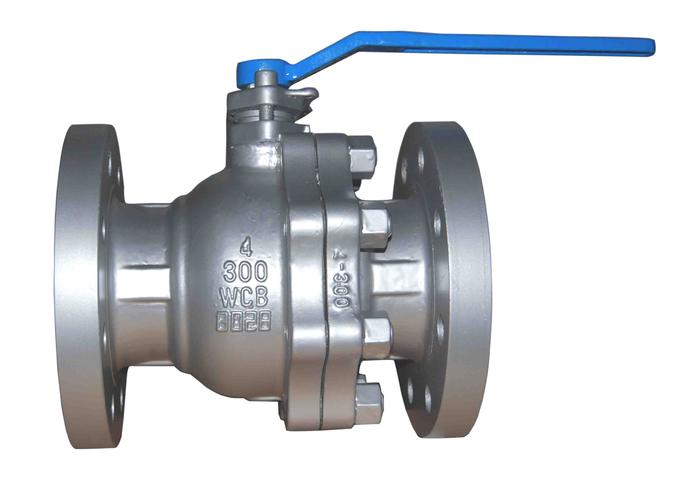|
Offshore Valves: Critical Components in Preventing Costly AccidentsIn the high-stakes environment of offshore oil and gas operations, every component plays a crucial role in ensuring safety, efficiency, and environmental protection. Among these components, offshore valves stand out as critical elements that can make the difference between smooth operation and costly accidents. This article delves into the importance of offshore valves, their functions, types, challenges, and the advancements driving their evolution.
The Significance of Offshore Valves Offshore valves are integral to controlling the flow of fluids within pipelines, wellheads, and processing facilities. They serve multiple purposes, including isolating sections of piping for maintenance or emergency situations, regulating pressure and flow rates, and preventing backflow. In an offshore setting, where access is limited and environmental conditions are harsh, these valves must perform reliably under extreme circumstances. Failure of these valves can lead to uncontrolled leaks, explosions, or even blowouts, each carrying severe consequences such as loss of life, environmental damage, legal liabilities, and significant financial losses. Therefore, investing in high-quality valves and maintaining them properly is paramount for offshore operators. Types of Offshore Valves Several types of valves are commonly used offshore, each designed for specific applications: 1. Gate Valves: Known for their on-off function, gate valves provide a straight path for fluid flow when fully open, minimizing pressure drop. They are ideal for applications requiring full flow with minimal restriction. 2. Ball Valves: These use a rotating ball with a hole through it to control flow. Ball valves offer quick operation and are suitable for applications needing rapid shutoff capabilities. 3. Globe Valves: Featuring a movable disc (or plug) that regulates flow by lifting up and down within a stationary ring, globe valves provide precise control over flow rates and are often used in throttling applications. 4. Check Valves: Designed to allow flow in only one direction, check valves prevent backflow, which is vital in systems where reverse flow could cause damage or hazardous situations. 5. Safety/Relief Valves: These valves automatically open to release excess pressure from a system, protecting equipment and personnel from overpressure incidents. Challenges in Offshore Valve Applications Operating offshore presents unique challenges for valve performance and maintenance: Corrosion: Exposure to saltwater, humidity, and chemicals accelerates corrosion, compromising valve integrity and functionality. High Pressure and Temperature: Offshore environments often involve high-pressure and high-temperature conditions, necessitating valves capable of withstanding these extremes without failure. Remote Accessibility: Limited access to offshore platforms makes routine inspections and repairs more difficult, emphasizing the need for durable, low-maintenance valves. Environmental Regulations: Stringent environmental laws require valves to minimize leakage and emissions, adding another layer of complexity to valve selection and operation. Advancements in Offshore Valve Technology To address these challenges, the industry has seen significant advancements in valve technology: Material Innovations: Development of corrosion-resistant materials like super duplex stainless steels and advanced coatings extends valve lifespan in harsh environments. Smart Valves: Integration of sensors and actuators enables remote monitoring and control of enhancing operational efficiency and predictive maintenance capabilities. Ergonomic Design: User-friendly designs facilitate easier operation and maintenance, reducing the risk of human error during interventions. Sustainability Focus: Manufacturers are increasingly incorporating eco-friendly materials and manufacturing processes, aligning with global sustainability goals. Conclusion Offshore valves are indispensable components in the complex web of offshore oil and gas operations. Their reliable performance is crucial for preventing accidents that can have far-reaching consequences. By understanding the different types of roles of valves, recognizing the unique challenges they face offshore, and embracing technological advancements, the industry can significantly enhance safety, reduce costs, and protect the environment. As we continue to push the boundaries of exploration and production in increasingly challenging environments, investing in advanced valve technologies will remain a top priority for responsible and sustainable offshore operations. |

